When real estate entrepreneur Goodwin Gaw of Gaw Capital saw the derelict Capitol Theatre on the corner of Stamford and North Bridge Roads, which screened its last movie in December 1998, he had an “aha” moment.
While Gaw had looked at a few projects here in the past, they were more “passive investments”. It was the Stamford Road commercial project put up for tender in April that caught his attention. “We were fortunate enough to persuade Mr de Meuron [Pierre de Meuron, partner of Swiss architectural firm, Herzog & de Meuron] to collaborate with us on this project,” says the California-born Gaw, 42, who was in Singapore recently. “It’s not often that you can help recreate a culturally significant landmark that will have a major impact on the city.”
The Hong Kong-based US$1.7 billion private equity firm Gaw Capital, of whom Gaw is co-founder and chairman, is one of 10 consortiums and developers vying for the opportunity to redevelop
the 1.43ha stretch at the junction of North Bridge and Stamford Roads, and to restore Capitol Theatre, its neighbouring Capitol Building and Stamford House to their former glory. The tender, which closed on Aug 18, is based on a two-envelope system, in which developers place their bid prices and design proposals in separate envelopes.
Part of the requirement for the adaptive reuse of Capitol Theatre is for it to be transformed into an entertainment or performance venue. The winning developer will also have to link the project, via an underground pedestrian network with retail elements, to the City Hall MRT Interchange station across the street.
He may be a newcomer to Singapore, but Gaw has established a reputation in California and China as an astute real estate magnate, buying up and revitalising historic and derelict properties in city centres. Armed with degrees in civil engineering and finance from the University of Pennsylvania, and a master’s in construction engineering and management from his father’s alma mater, Stanford University, Goodwin had initially joined the Los Angeles property firm of Wilson Kennedy, specialising in selling real estate owned by troubled Japanese firms. After a three-year stint and aged 27, he decided to venture out on his own.
His first investment was the Roosevelt Hotel Hollywood, home of the first Academy Awards in 1929, which he bought for US$10 million. In 2005, he refurbished it for US$24 million and repositioned it into a high-end hotel. His Los Angeles-based company, Downtown Properties, which he founded in 1991, now owns a portfolio of half a dozen historic buildings in Los Angeles, including the Bradbury Building, built in 1893, and the site of many TV shows and movies; One Bunker Hill, a 12-storey building built in 1931 in the Art Deco style and the former headquarters of Southern California Edison; Douglas Building, an office building converted into a 50-unit loft-style condominium; and The Rowan, an office building built in 1912, located in the Old Bank District, that has been turned into the high-end loft apartments Rowan Lofts.
Gaw Capital’s Asian portfolio includes the legendary Strand Hotel in Yangon, Myanmar, which opened its doors in 1901, and that has been restored to its former glory; Plaza 353 in Shanghai, formerly a state-owned bookstore dating back to 1932, which has been transformed into a modern mall with more than 430,000 sq ft of retail space while its historic façade has been maintained; and Hotel G in Beijing, which is a conversion of an existing building into a 110-room hotel with design inspired by the retro-chic of the 1960s.
For the Capitol project in Singapore, he has found a kindred spirit in de Meuron. “Often, it takes an outsider who doesn’t have a preconceived notion of what doesn’t work in Singapore to come in and look at things based on experience from other places in the world and ask, why not, rather than just [what works] in the local context,” says Gaw. “One of the things that attracted us to the project was that we realised the Singapore government understands the importance of the heritage project by having a two-envelope system, where price is not the sole determining factor. Instead, it’s both concept and price. The successful heritage project oftentimes cannot be thought of as a pure commercial project.”
The internationally acclaimed and 2001 Pritzker Prize winner Herzog & de Meuron is perhaps best known in Asia for the “Bird’s Nest” design of the Beijing National Stadium for the 2008 Olympic games. The architectural firm is also famous for its conversion projects, most notable of which is the transformation of an old Bankside power station by the River Thames into Tate Modern, the contemporary art museum that opened in 2000. The project has proven so successful that the firm was engaged to design Tate Modern II.
 Another historically significant conversion project that the Basel-headquartered Herzog & de Meuron has designed is the Elbe Philharmonic Concert Hall in Hamburg. Currently under construction, it is located in the industrial quarter of HafenCity, a harbourfront area undergoing major revitalisation with the conservation of hundreds of warehouses. The new iconic building complex for the Hamburg Philharmonic that will transform the neighbourhood is a mixed-use project, and includes concert halls, a hotel, an international convention centre and apartments.
Another historically significant conversion project that the Basel-headquartered Herzog & de Meuron has designed is the Elbe Philharmonic Concert Hall in Hamburg. Currently under construction, it is located in the industrial quarter of HafenCity, a harbourfront area undergoing major revitalisation with the conservation of hundreds of warehouses. The new iconic building complex for the Hamburg Philharmonic that will transform the neighbourhood is a mixed-use project, and includes concert halls, a hotel, an international convention centre and apartments.
De Meuron, who was in Singapore recently to present the design concept of the Capitol Theatre site to the URA, believes that Singapore is unique in that it is a densely populated city-state. While studying the location map of the North Bridge Road/Stamford Road project, de Meuron observed that Singapore’s core city centre is ringed by neighbourhoods such as the Arab Street-Kampong Glam district, Chinatown and Little India — representing the communities of the major ethnic groups and religions here — the CBD, Marina Bay, the Boat Quay-Clarke Quay district, and the Orchard Road premium shopping belt.
“They all converge at the centre,” says de Meuron. “It attracts a lot of energy from around the world,” he adds. “And all that energy — whether cultural, ethnic, gastronomic or economic — converges to create this sum of energies. Of course, that has repercussions on the built environment and together, with the humid and tropical climate, you need to create something specific that reflects Singapore’s unique identity. That’s our proposal for Singapore.”
De Meuron has also studied the local architecture. Using the Peranakan Museum, housed in the old Tao Nan School (a 1906 building) as an example, de Meuron says the architecture of the past provides a clever solution to the extreme climate conditions in Singapore. Many such buildings come with a generous verandah or loggia, which helps create a buffer between the hot humid conditions outside, and the cooler and less humid conditions inside the building.
“We look at what’s been done in the past, and we then give a contemporary reinterpretation of this architectural proposal,” he says. “So, it’s neither a replication nor a nostalgic repetition of the past.”
Cecilia Chow is editor of City & Country at The Edge Singapore
This article appeared in City & Country, the property pullout of The Edge Malaysia, Issue 829, Oct 25-31, 2010
TOP PICKS BY EDGEPROP

Section 8, Petaling Jaya
Petaling Jaya, Selangor
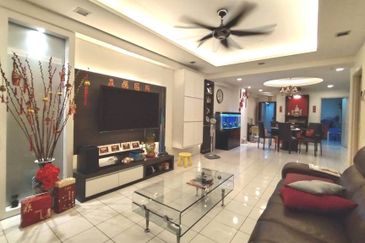
Pandan Villa Condominium
Pandan Indah, Selangor
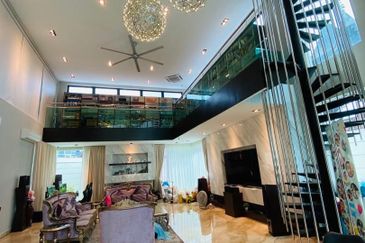
Bandar Tun Hussein Onn
Batu 9th Cheras, Selangor
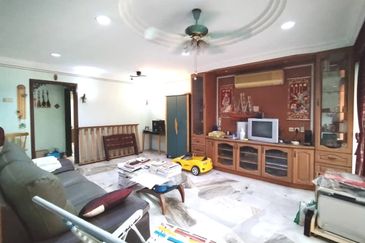
Bandar Damai Perdana
Bandar Damai Perdana, Selangor


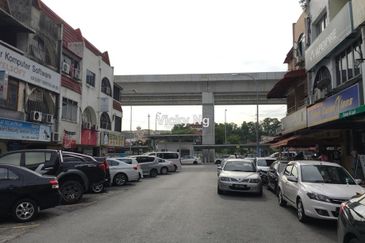
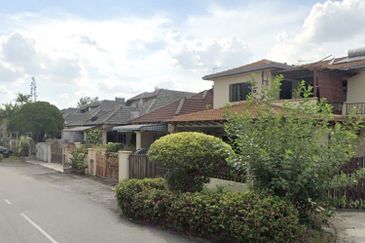

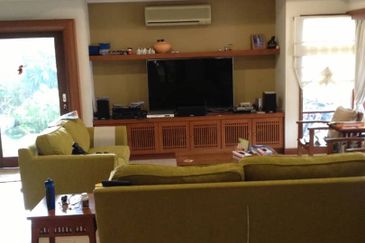
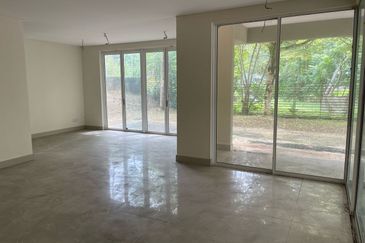


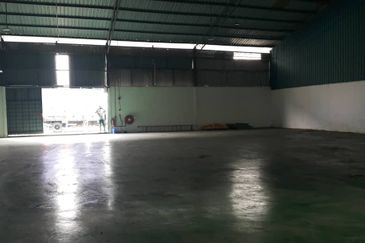
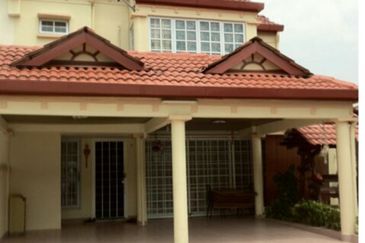
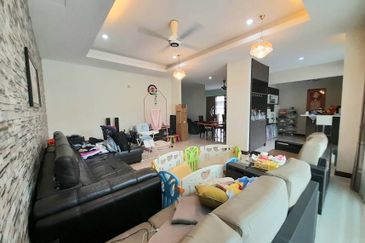


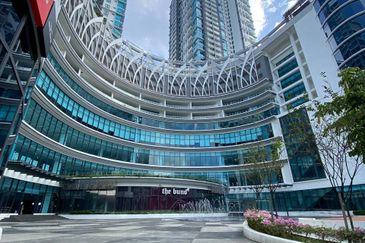

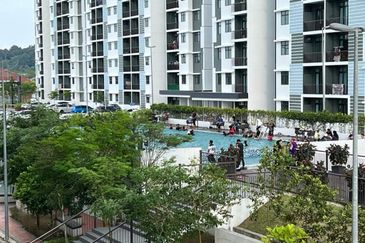
hero.jpg?GPem8xdIFjEDnmfAHjnS.4wbzvW8BrWw)



